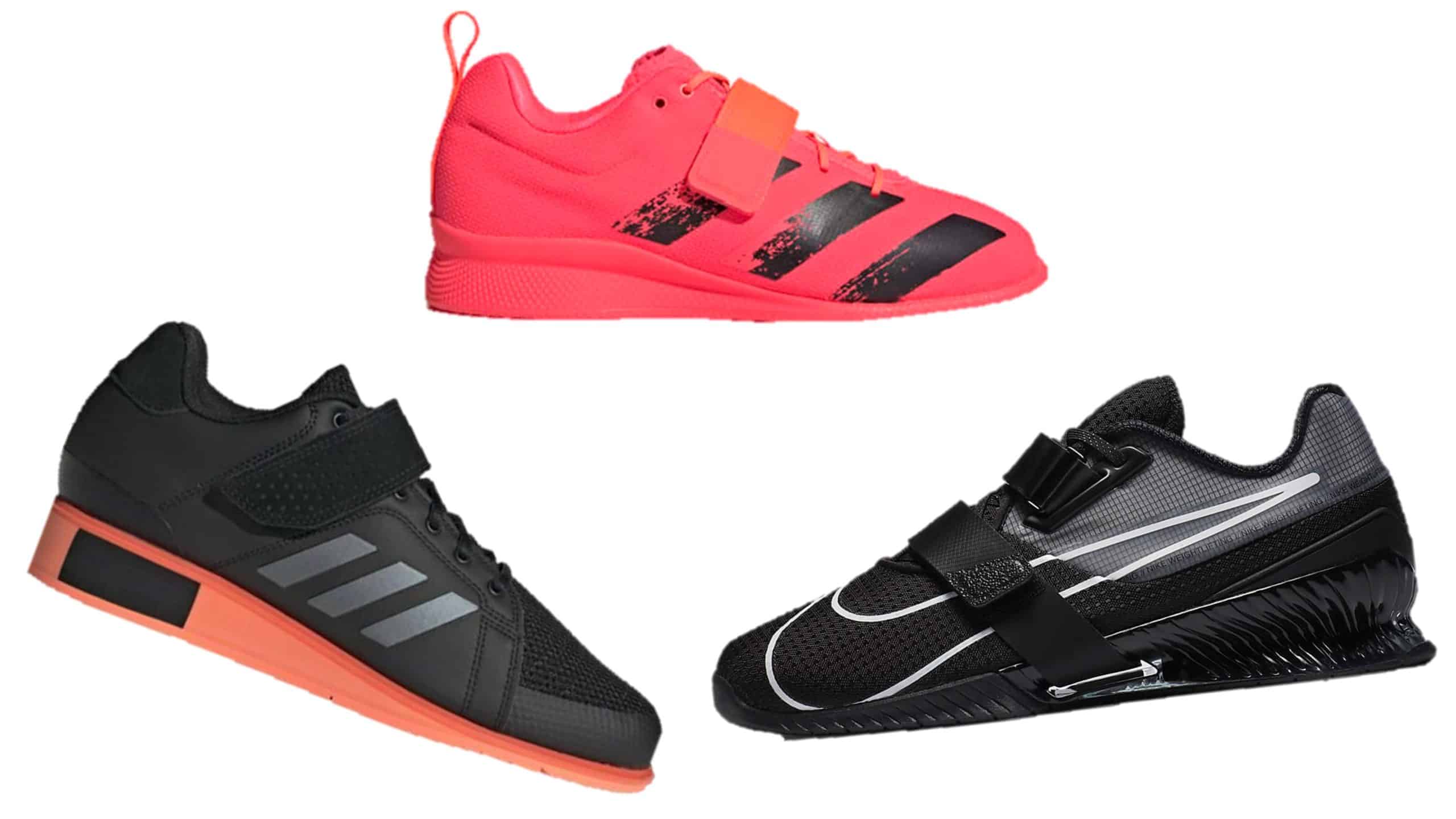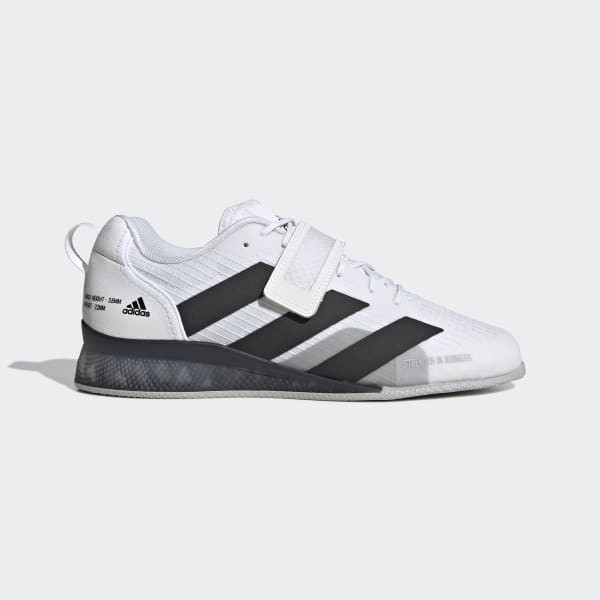The Ultimate Guide to Stylish and Functional Squat Shoes
Squat shoes have become an essential piece of equipment for serious weightlifters and fitness enthusiasts alike. These specialized footwear not only enhance performance but also provide crucial support for the lower body during intense workouts. In this guide, we will delve into the intricacies of squat shoes, exploring their design, benefits, and how they can transform your lifting experience.
Understanding the Design of Squat Shoes
Squat shoes are engineered with a raised heel, typically ranging from 0.5 to 1.5 inches, which helps to increase ankle dorsiflexion and improve the depth of your squat. According to a study published by the Journal of Strength and Conditioning Research, a higher heel can significantly enhance the range of motion in the ankle joint, allowing for a more effective squatting position. This design feature is crucial for maintaining proper form and reducing the risk of injury. Additionally, the soles of squat shoes are often made from hard, inflexible materials like plastic or fiberglass, which provide a stable base and prevent excessive foot movement during lifts. This rigidity is essential for maintaining balance and control, especially during heavy lifts.

Benefits of Wearing Squat Shoes
One of the primary benefits of squat shoes is their ability to improve your lifting mechanics. By elevating the heel, these shoes help to align the hips, knees, and ankles in a more optimal position, which can lead to increased power and efficiency in your lifts. This alignment is particularly important for lifters who may struggle with mobility issues or have a history of knee or ankle injuries. As renowned strength coach Mark Rippetoe notes in his book Starting Strength, “The raised heel in squat shoes allows for a more natural hip hinge, which is critical for maximizing force production.” Furthermore, the stability provided by the hard soles of squat shoes can reduce the risk of foot fatigue and discomfort, allowing you to maintain focus and intensity throughout your workout.

Choosing the Right Squat Shoes
Selecting the right pair of squat shoes can be a daunting task, given the wide variety of options available on the market. When making your choice, it’s important to consider factors such as heel height, sole material, and overall comfort. For instance, if you have a history of ankle issues, you may benefit from a shoe with a lower heel, as this can reduce the strain on your joints. On the other hand, if you are looking to maximize your squat depth, a higher heel may be more suitable. Additionally, the fit of the shoe is crucial; it should be snug but not restrictive, allowing for natural foot movement while providing adequate support. As certified fitness expert Layne Norton emphasizes in his YouTube videos, “The right squat shoe should feel like an extension of your foot, providing stability without sacrificing comfort.”

Squat Shoes vs. Regular Training Shoes
While regular training shoes can be suitable for a variety of exercises, they often lack the specific features that make squat shoes so effective. Regular shoes typically have a flatter sole and more flexible design, which can be beneficial for activities like running or cross-training but may not provide the necessary stability for heavy lifting. The raised heel and rigid sole of squat shoes are specifically designed to enhance performance in the squat, deadlift, and other compound lifts. As explained by Dr. Eric Helms, a prominent figure in the fitness community, “The difference in performance between squat shoes and regular training shoes can be significant, particularly for lifters who are looking to maximize their strength and power output.” Therefore, if your primary focus is on weightlifting, investing in a pair of squat shoes is a wise decision.

Conclusion
In summary, squat shoes are a valuable investment for anyone serious about weightlifting. Their specialized design provides numerous benefits, including improved lifting mechanics, increased stability, and reduced risk of injury. By understanding the key features and selecting the right pair for your needs, you can enhance your performance and take your lifting to the next level. As we’ve seen, the right squat shoes can make a significant difference in your workouts, offering both style and functionality. So, whether you’re a seasoned lifter or just starting out, consider adding a pair of squat shoes to your fitness arsenal and experience the difference for yourself.
